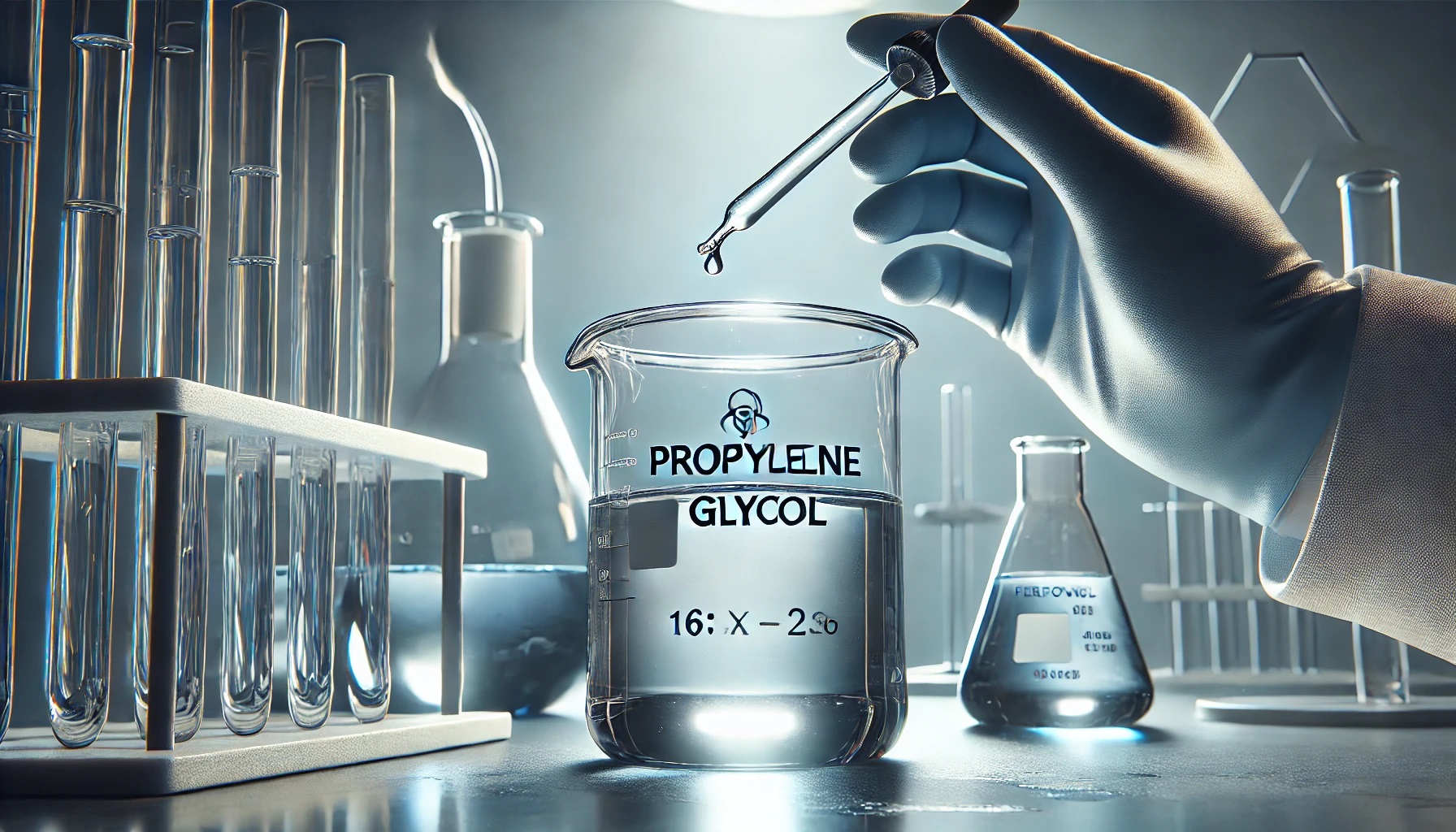This post was written with Consensus AI Academic Search Engine – please read our Disclaimer at the end of this article. Propylene glycol (PG) is a synthetic liquid substance that absorbs water and is commonly used in food products. It serves various functions, including acting as a solvent, preservative, and moisture-retaining agent. Here’s what you need to know about propylene glycol in foods:
Uses in Food
- Solvent and Carrier: Propylene glycol is often used as a solvent for food colors and flavors, helping to evenly distribute these ingredients throughout the product1 2.
- Preservative: It helps extend the shelf life of foods by inhibiting the growth of mold and bacteria1.
- Moisture Retention: PG is used to maintain moisture in food products, which is particularly beneficial in baked goods and processed foods1.
Safety and Regulations
- Generally Recognized as Safe (GRAS): The U.S. Food and Drug Administration (FDA) classifies propylene glycol as “generally recognized as safe” for use in food1.
- Acceptable Daily Intake: Regulatory bodies have established acceptable daily intake levels to ensure consumer safety, although these levels can vary by country1.
Health Considerations
- Metabolic Effects: In studies involving dairy cows, propylene glycol has been shown to influence metabolic status and milk production, suggesting it can affect energy metabolism1 2.
- No Significant Adverse Effects: Research indicates that propylene glycol does not significantly alter body condition or metabolic markers in dairy cows, implying a level of safety in its use2.
Conclusion
Propylene glycol is a versatile ingredient used in the food industry for its solvent, preservative, and moisture-retaining properties. It is considered safe for consumption within regulated limits, with no significant adverse health effects reported in studies. Its role in food products is primarily functional, enhancing the quality and shelf life of various items.
Disclaimer
The content presented in this blog is generated by Consensus, an AI-powered academic search engine, and is based on publicly available scientific literature. While every effort is made to provide accurate, up-to-date, and well-researched information, the content is intended for informational and educational purposes only. It does not constitute medical advice, diagnosis, or treatment. Always consult a qualified healthcare professional before making any decisions regarding medical conditions, treatments, or medications. The AI system’s analysis may not cover all perspectives, emerging research, or individual cases, and it is not a substitute for professional expertise. Neither the blog publisher nor the developers of the AI-powered search engine are responsible for any actions taken based on the information provided in this content. Use of this information is at your own risk. Citations to the original scientific studies are included for reference, but these studies should be reviewed in full and interpreted with the guidance of a healthcare or research professional.
If you are experiencing a medical emergency, please seek immediate attention from a healthcare provider.
